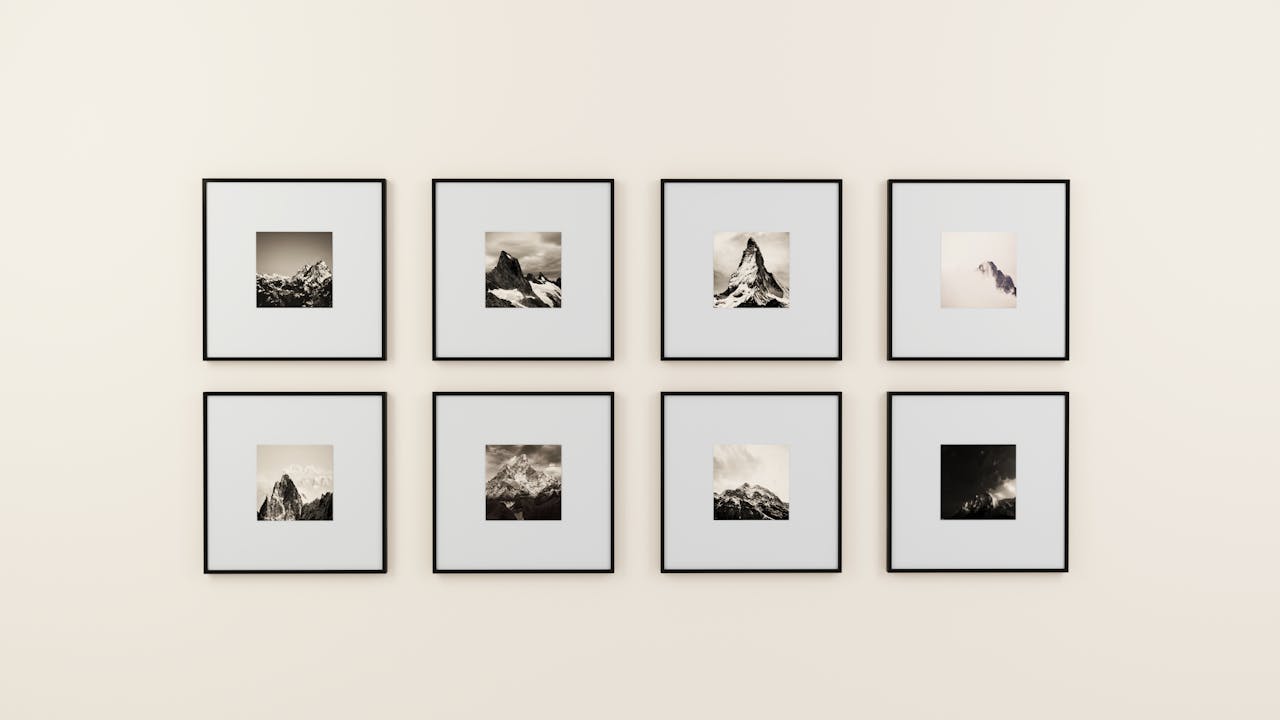The Art Market: Trends, Auctions, and Investment Opportunities
The art market has long been a captivating blend of creativity, commerce, and cultural significance. It encompasses everything from traditional paintings and sculptures to contemporary installations and digital art. For collectors and investors alike, the art market offers a myriad of opportunities, making it essential to understand current trends, auction dynamics, and potential investment avenues. In this article, we'll delve into these aspects, providing insights into navigating this vibrant landscape.

Current Trends in the Art Market
The art market is ever-evolving, influenced by economic conditions, societal changes, and technological advancements. Here are some of the most notable trends shaping the market today:
-
Digital Art and NFTs: The rise of digital art and non-fungible tokens (NFTs) has transformed how art is created, bought, and sold. Artists can now monetize their digital works in ways previously unimaginable, and collectors are eager to invest in unique pieces stored on blockchain technology. High-profile NFT sales, such as Beeple’s “Everydays: The First 5000 Days,” have captured headlines, signifying a paradigm shift in art ownership.
-
Sustainability and Ethical Practices: There is a growing awareness of the environmental and social impact of art production. Artists and collectors are increasingly prioritizing sustainable practices and ethical sourcing. This trend reflects a broader movement towards responsible consumption and investment, appealing to a new generation of art buyers.
-
Diversity and Inclusion: The art world is gradually acknowledging and addressing its historical lack of diversity. Galleries, auction houses, and institutions are increasingly showcasing works by artists from underrepresented backgrounds, enriching the narrative of contemporary art and attracting a wider audience.
Understanding the Auction Landscape
Auctions are a critical component of the art market, serving as platforms for buying and selling high-value pieces. Here’s what you need to know about navigating this space:
-
Major Auction Houses: Institutions like Sotheby’s, Christie’s, and Phillips dominate the auction scene, hosting high-profile events that attract collectors from around the globe. These auctions often feature works from renowned artists, and prices can reach astronomical heights. For instance, the auction of Leonardo da Vinci’s “Salvator Mundi” in 2017 set a record, selling for over $450 million.
-
Auction Strategies: For buyers, participating in an auction requires a strategic approach. Setting a budget, researching the artists and artworks, and understanding the auction house’s bidding process are crucial steps. Additionally, attending previews can provide insight into the pieces you’re interested in.
-
Online Auctions: The pandemic accelerated the shift to online auctions, making art more accessible to a broader audience. While in-person auctions are making a comeback, online platforms like Artsy and Paddle8 have established themselves as viable alternatives, allowing collectors to bid from the comfort of their homes.
Investment Opportunities in Art
Investing in art can be both a passion and a lucrative endeavor. However, it’s essential to approach it with a strategic mindset:
-
Art as an Asset Class: Art is increasingly being recognized as a legitimate asset class, often providing portfolio diversification and protection against inflation. Wealth management firms and financial advisors are beginning to incorporate art into investment strategies, highlighting its potential for long-term appreciation.
-
Emerging Artists: Investing in emerging artists can yield significant returns as their work gains recognition. Collecting pieces from artists who show promise can be a rewarding investment strategy, but it requires diligent research and a keen eye for talent.
-
Art Funds: For those looking to invest in art without acquiring individual pieces, art funds offer an attractive alternative. These funds pool money from multiple investors to purchase artworks, allowing participants to benefit from the appreciation of the collection without the burden of ownership.

Navigating Risks in the Art Market
Like any investment, the art market carries inherent risks. Being aware of these can help collectors and investors make informed decisions:
-
Market Volatility: The art market can be unpredictable, influenced by economic conditions, trends, and cultural shifts. Price fluctuations are common, and not every piece will appreciate over time. Researching market trends and seeking expert advice can mitigate risks.
-
Provenance and Authenticity: Verifying the provenance (history of ownership) and authenticity of artworks is crucial. Forged or misattributed pieces can lead to significant financial losses. Engaging reputable galleries, auction houses, and appraisers is essential for ensuring that you’re investing in genuine works.
-
Storage and Insurance: Proper storage and insurance are vital to protect your art investment. High-value pieces may require specialized storage solutions to prevent damage. Additionally, securing comprehensive insurance coverage can safeguard your investment against theft or damage.
The Future of the Art Market
The art market is a dynamic and multifaceted landscape, rich with opportunities for collectors, investors, and enthusiasts. As trends such as digital art and sustainability continue to shape the industry, staying informed and adaptable is crucial. Whether you're a seasoned collector or a first-time buyer, understanding the auction landscape and the nuances of art investment can enhance your experience and potentially yield significant returns. As we look to the future, the art market will undoubtedly continue to evolve, reflecting the complexities and richness of the human experience. So, whether you're admiring a painting on your wall or considering an investment in a new artist, remember that the world of art is a vibrant tapestry waiting to be explored.












